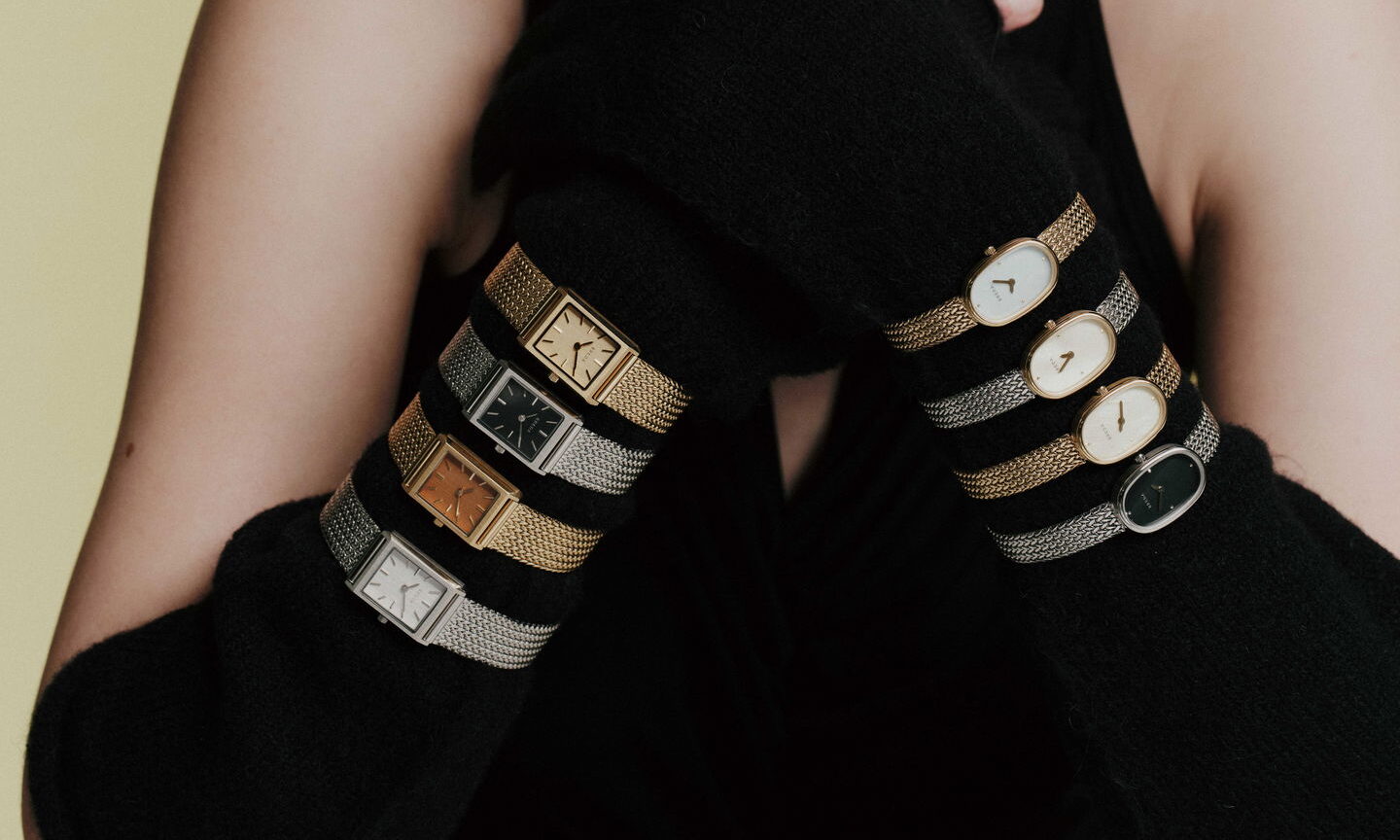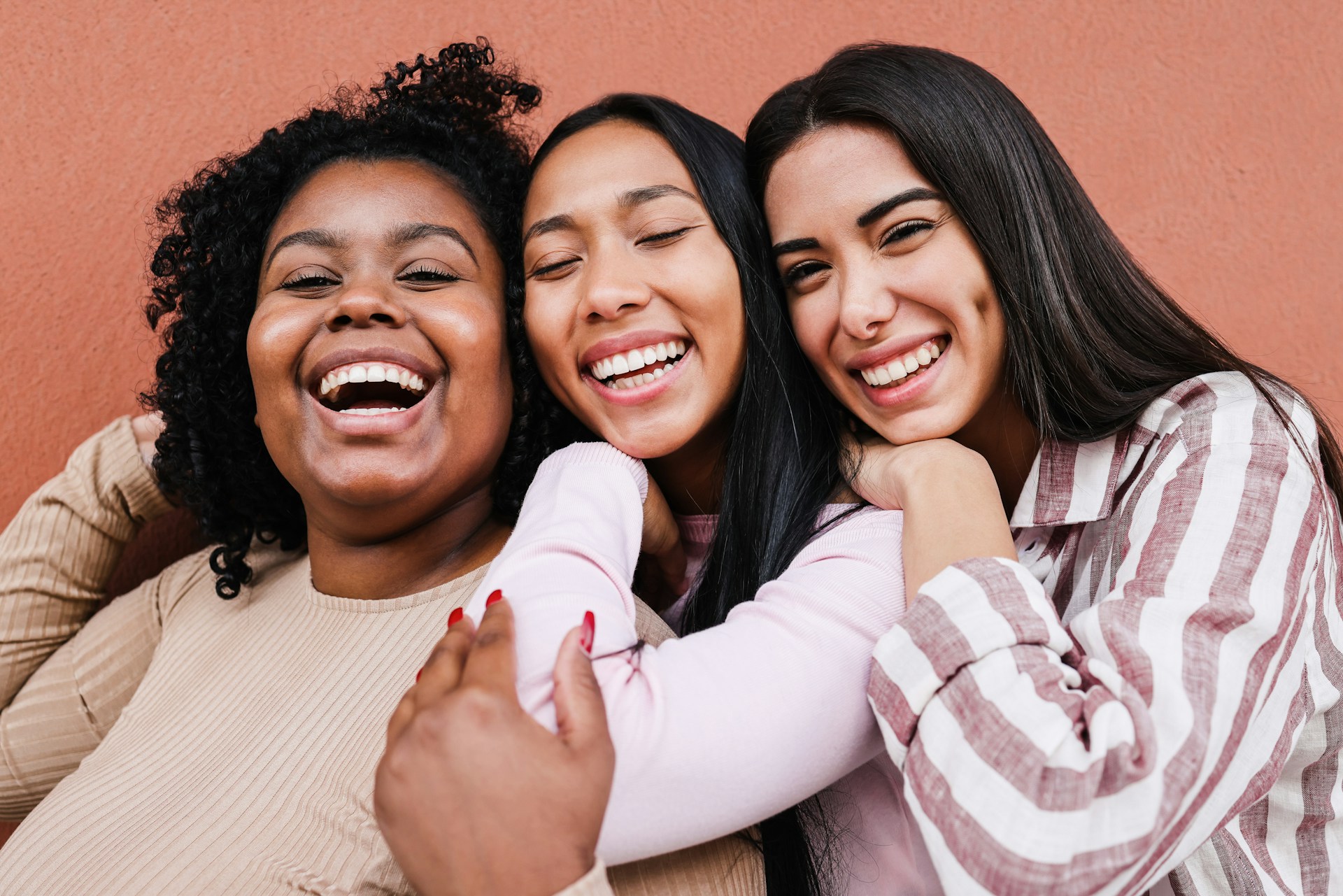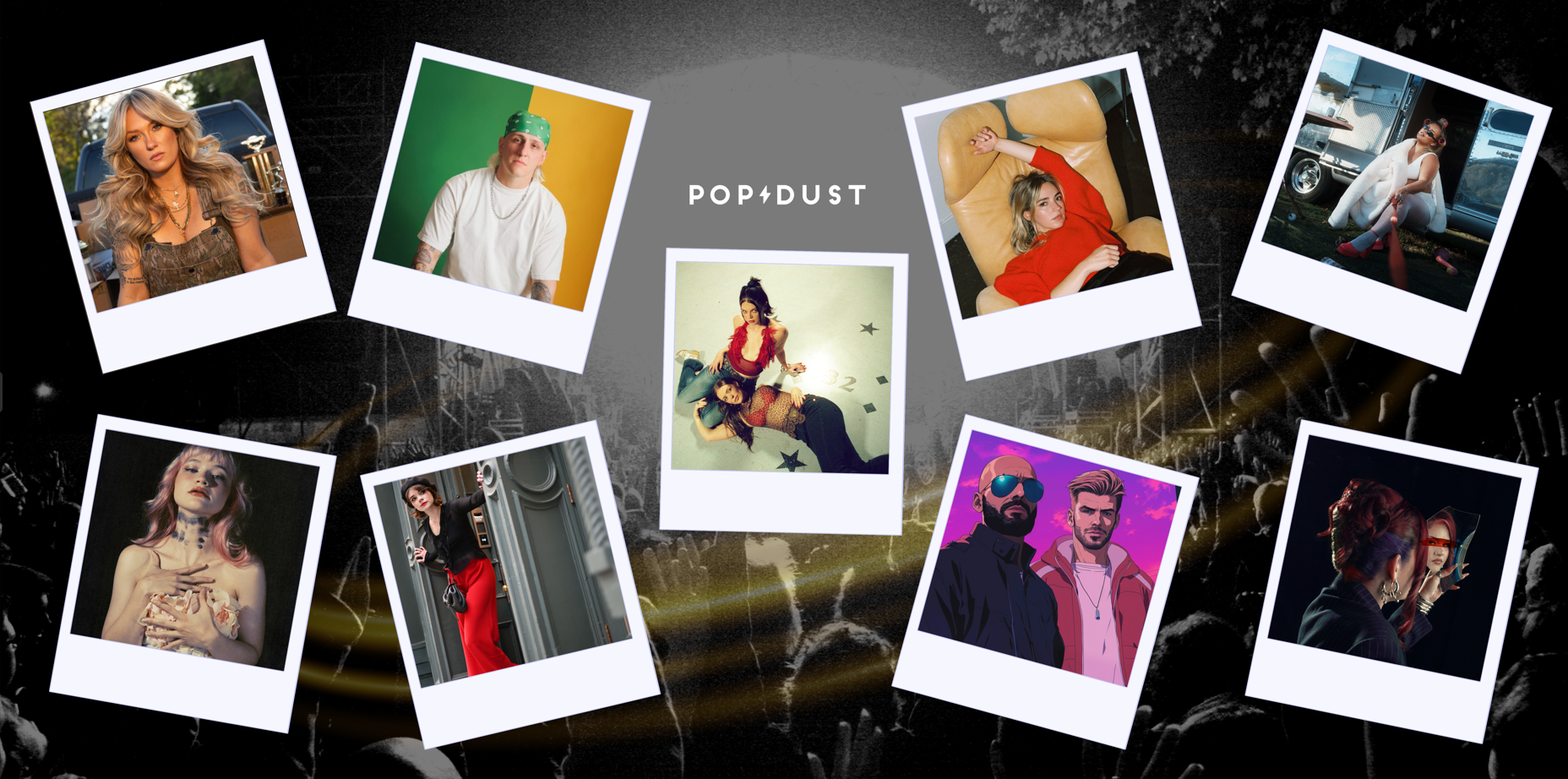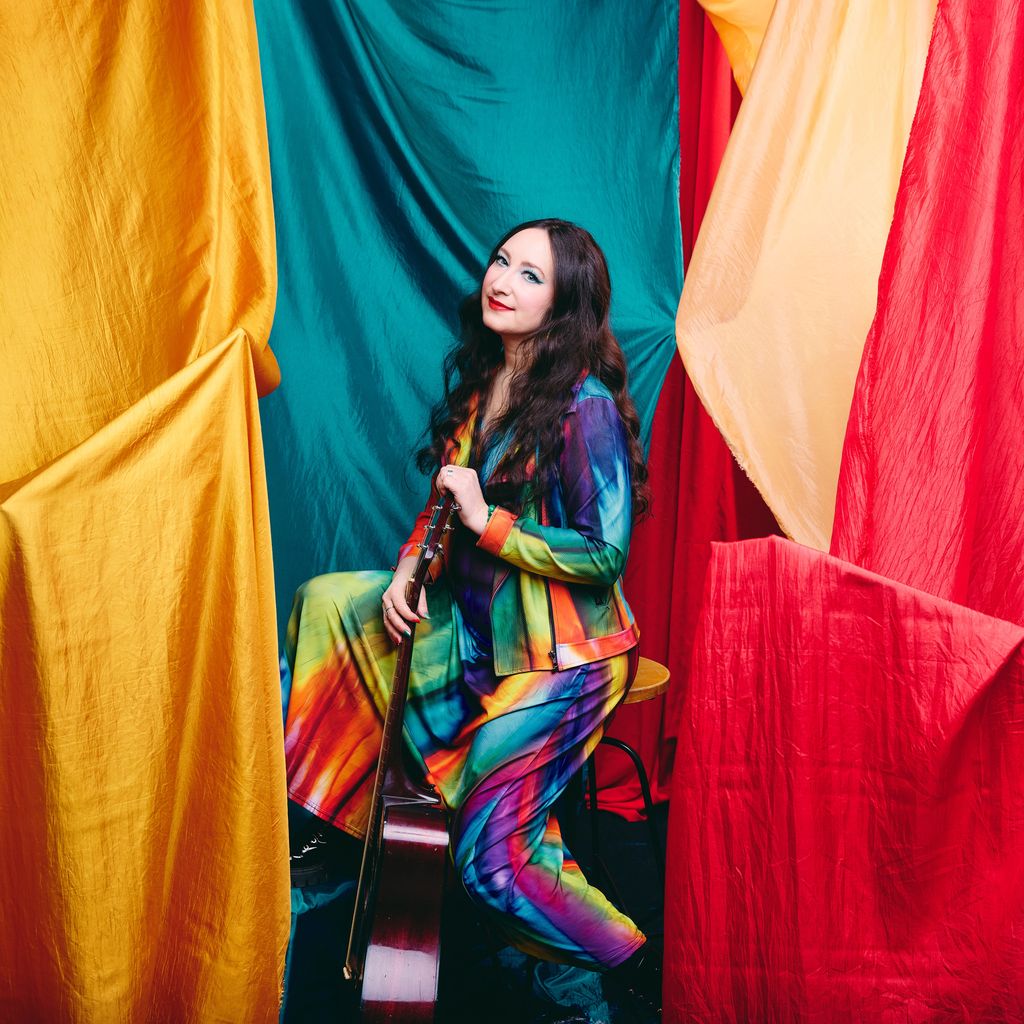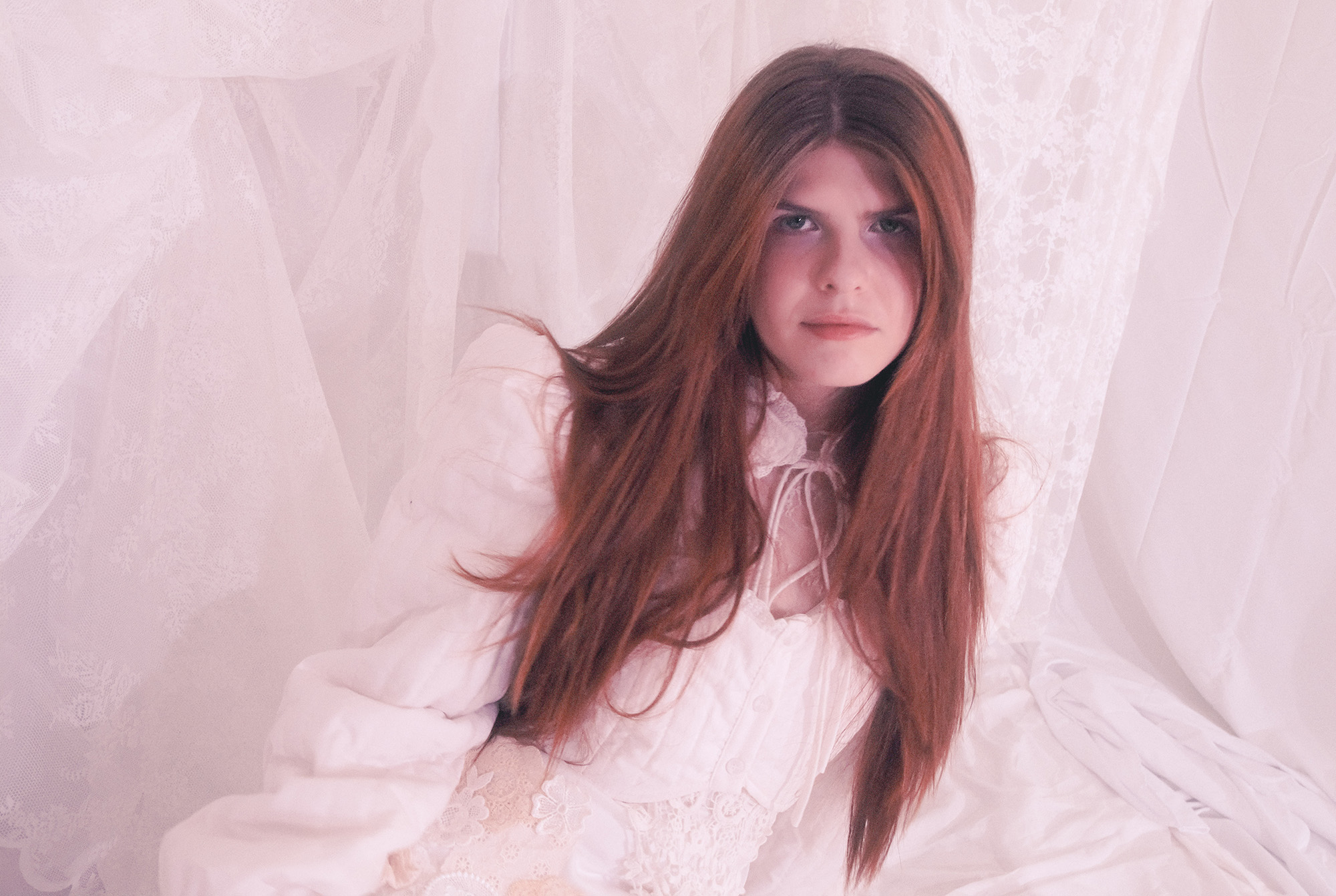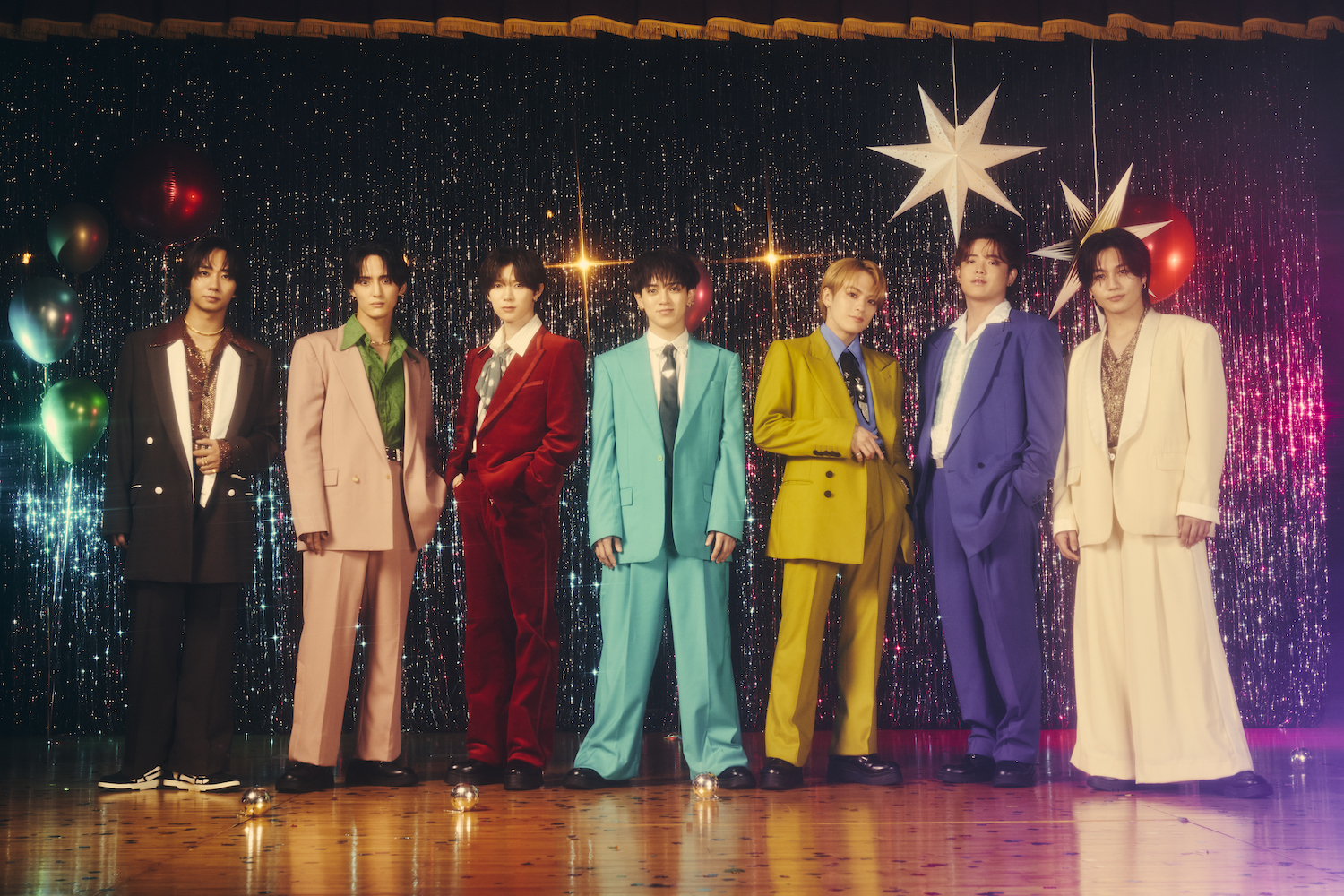Popular
Why Gen Z Ditched Human Psychics for AI Tarot
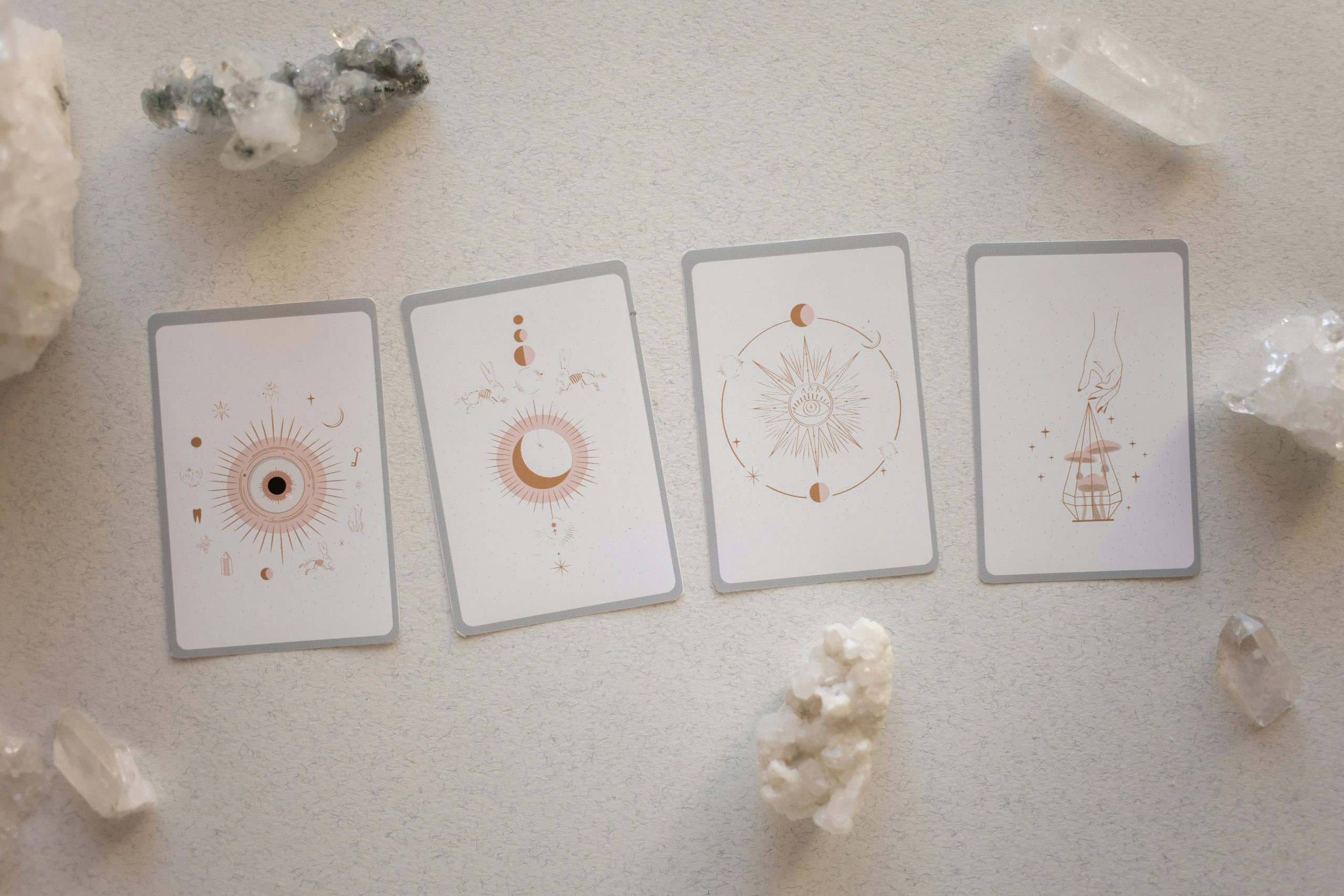
Scroll through TikTok for five minutes and you’ll stumble across something that would have baffled your grandmother: teenagers getting tarot readings from robots. While older generations might roll their eyes, Gen Z has quietly orchestrated a spiritual revolution that’s reshaping how we seek guidance in the digital age.
The numbers tell a fascinating story. Traditional psychic reading platforms report declining bookings among 18-25 year olds, while AI tarot reading platforms have exploded in popularity. What’s driving this generational shift, and what does it mean for the future of divination?
The Great Spiritual Migration
Unlike millennials who grew up straddling the analog-digital divide, Gen Z entered the world with smartphones already in hand. For them, getting life advice from an algorithm feels as natural as asking Siri for directions. This digital nativity has fundamentally altered their relationship with traditional spiritual practices.
“I used to book phone readings with psychics, but it always felt so formal and expensive,” says Maya, a 22-year-old college student from Los Angeles. “Now I can get insights whenever I’m feeling anxious about an exam or relationship drama, without scheduling around someone else’s availability.”
Maya’s experience reflects a broader trend. Traditional psychic services often require appointments, charge by the minute, and can feel intimidating for newcomers. AI tarot, by contrast, offers immediate access, consistent pricing, and a judgment-free environment that appeals to a generation already comfortable with digital intimacy.
The TikTok Effect
Social media has played a crucial role in normalizing AI-assisted spirituality. Hashtags like #AITarot and #DigitalDivination have garnered millions of views, with creators sharing their experiences and comparing different platforms. The viral nature of these posts has introduced countless young people to concepts they might never have encountered otherwise.
What makes this particularly interesting is how Gen Z approaches the accuracy question. Unlike older generations who might demand scientific proof or dismiss digital readings entirely, young users tend to focus on utility over authenticity. They’re asking “Does this help me think through my problems?” rather than “Is this magically real?”
This pragmatic approach reflects a generation that’s grown up with AI assistants and understands technology’s limitations while still finding value in its capabilities. They’re not necessarily believers in mystical forces—they’re users of tools that help them process emotions and make decisions.
The Human vs. Algorithm Debate
The shift hasn’t happened without controversy. Traditional tarot readers argue that human intuition and empathy can’t be replicated by code. They point to the importance of reading body language, picking up on vocal cues, and providing emotional support that algorithms can’t match.
There’s validity to these concerns. A human reader might notice when a client seems distressed and adjust their approach accordingly. They can offer comfort during difficult revelations and provide personalized advice based on years of experience with similar situations.
However, AI advocates counter that technology offers advantages human readers can’t match. There’s no risk of bias based on appearance, voice, or background. Sessions remain private without another person knowing intimate details about your life. And for a generation already dealing with increased anxiety and social pressure, the low-stakes nature of AI interaction can feel less overwhelming.
The Accessibility Factor
Perhaps the most significant advantage of AI tarot is its accessibility. Traditional psychic readings can cost anywhere from $3 to $10 per minute, making them a luxury many young people can’t afford regularly. Student budgets rarely accommodate weekly spiritual guidance sessions, no matter how beneficial they might be.
AI platforms typically offer free basic readings with optional premium features, democratizing access to what was once an expensive service. This economic factor shouldn’t be underestimated when considering why younger demographics have embraced free online tarot reading.
The accessibility extends beyond money to geography and timing. Rural students or those in conservative communities might not have access to local tarot readers, and shift workers or night owls can’t always accommodate traditional business hours. AI removes these barriers entirely.
The Evolution of Spiritual Practice
This trend represents more than just a technological preference—it signals a fundamental shift in how younger generations approach spirituality and self-care. Gen Z tends to view spiritual practices as tools for mental wellness rather than mystical experiences, which aligns perfectly with AI’s practical capabilities.
They’re creating a DIY spirituality that combines traditional symbols and wisdom with modern convenience and accessibility. It’s not necessarily about believing in supernatural forces; it’s about finding frameworks for self-reflection and decision-making that work within their digital-first lifestyle.
The rise of AI tarot also reflects broader changes in how we consume advice and guidance. The same generation that turns to YouTube tutorials for everything from makeup techniques to career advice sees no contradiction in consulting algorithms for spiritual insights.
Looking Beyond the Algorithm
Interestingly, many young AI tarot users don’t view their digital practice as a replacement for human connection, but rather as a starting point. Some report that AI readings helped them develop enough familiarity with tarot concepts to eventually seek out human readers for more significant life decisions.
This suggests that rather than killing traditional divination, AI might be serving as a gateway that introduces new audiences to spiritual practices they might otherwise never explore. It’s similar to how streaming services exposed listeners to genres they wouldn’t have discovered through radio alone.
The technology is also evolving rapidly. ChatGPT tarot readings were often generic and repetitive, but newer platforms are incorporating more sophisticated language models and personalization features. Some now offer different “reader” personalities, specialized spreads for specific situations, and follow-up questions that create more dynamic interactions.
The Bigger Picture
The AI tarot phenomenon offers a window into how Gen Z navigates an increasingly complex world. They’re dealing with unprecedented challenges—climate anxiety, economic uncertainty, political instability—while having access to more information and options than any previous generation. In this context, tools that help process emotions and organize thoughts become valuable regardless of their mystical credentials.
Whether you view this trend as concerning or exciting likely depends on your perspective on technology’s role in personal development. But one thing is clear: young people are actively seeking guidance and meaning, even if they’re finding it in unexpected places.
As AI technology continues to advance and digital natives enter adulthood, we’re likely to see even more creative applications of artificial intelligence in traditionally human domains. The question isn’t whether this trend will continue—it’s how it will evolve and what new forms of digital-age spirituality might emerge.
For now, millions of young people are finding comfort, insight, and entertainment in conversations with artificial oracles. And in a world that often feels chaotic and unpredictable, maybe that’s exactly what they need.

